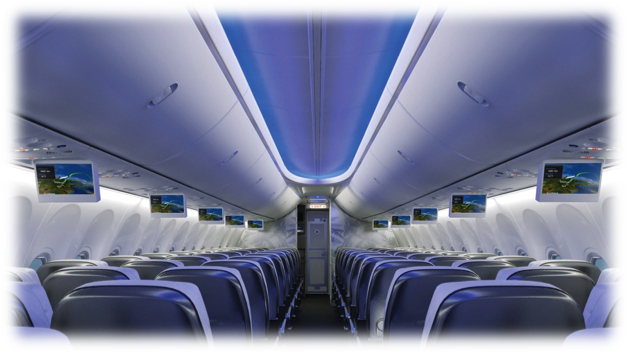 |
| Image courtesy of American Airlines |
To provide a little bit of background, American's AAdvantage program is credited as being the first loyalty program in the world, having launched in 1981. Currently, it is one of the largest (if not the largest) of such programs with 67 million members.
Fast forward to today: American Airline's parent company AMR has filled for Chapter 11, and AA sent an email to all it's AAdvantage members. What is immediately clear from that email is that AA wants everyone to know that (a) their miles are safe and (b) the program will not be altered as part of these reorganization procedures.
 |
| See the entire letter Here |
Airlines enter into Bankruptcy through what seems to be a never-ending revolving door. The real news is that their frequent flyers programs are never touched, highlighting the amount of brand equity + trust deposited in them and the fiscal value inherit in them. Aside from the customer loyalty aspect of these programs, they maintain open important revenue generating opportunities with credit card companies, retailers, other airlines, hotels, etc. through point-exchange partnerships.
How much are these programs worth? In 2005, Air Canada sold 12.5% of its Aeroplan program for $250 million, which would value the whole program at $2000 million (Note that this was only for a small program with 4.5 million members). We could use these numbers to project an estimated value for the AAdvantage program of at least $29.8 billion dollars--that is a significantly low estimate, as it only takes into account subscription numbers, and not it's other revenue producing partnerships.
This leaves us at the main point. As it turns out, it can actually be less damaging to a brand to renegotiate with its lenders than to negotiate with its frequent flyers + loyalty program partners....
Comments
Post a Comment